Yoshinogari Historical Park is the site of an ancient village from the Yayoi Period – 300BC to 300AC, and is one of Saga’s most famous sites. Excavations of the site have provided valuable information about this historical period and it has great academic value.
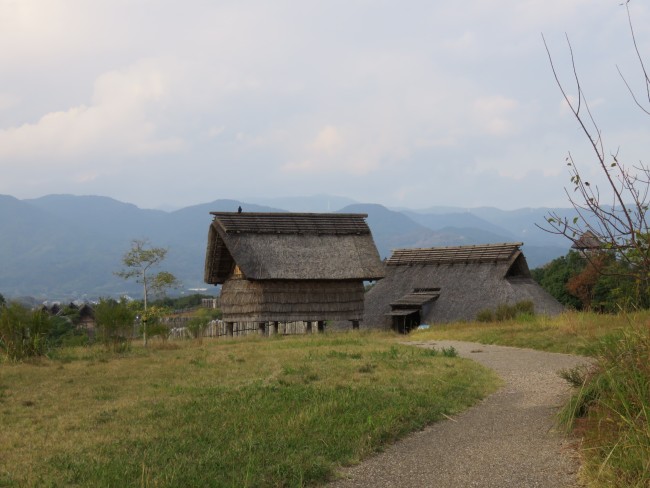
Dating back to at least 300BC though possibly even earlier, the site of Yoshinogari Historical Park has great significance not only for the local area but for Japanese history. Discoveries made in excavations there have revealed a lot about life in the Yayoi period. A visit here will give you insight into some fascinating ancient history. It is located in Yoshinogari in Saga Prefecture, 11 minutes by train from Saga City. Yoshinogari Park station is just a 15 minutes walk from the park which can be seen from the railway. Opening times vary slightly depending on the time of year, while entry is 400yen for adults and only 80yen for children. Children under six can enter for free. Group entry is also available – full details are on the official website (see below).
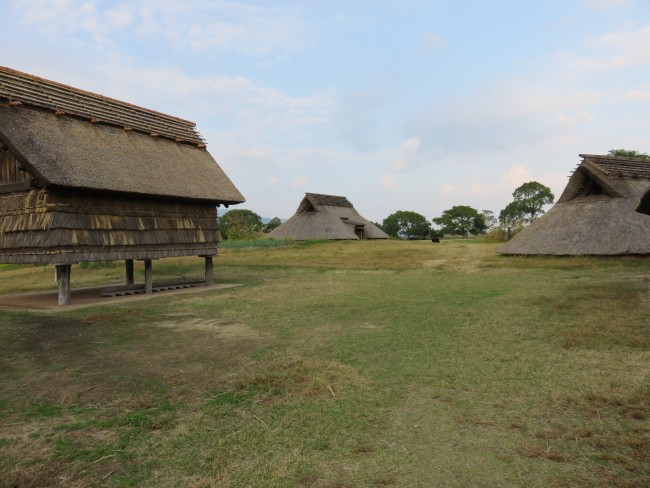
One of Japan’s biggest ancient ruins sites, Yoshinogari Park has been studied and excavated since 1986. Plans to expand industry in the area were suspended when artifacts were found. Originally it was a large village surrounded by a moat. It has been a National Historical Park since 1992 due to its large significance. Some of the artifacts found in Yoshinogari include bronze mirrors, coins and even human hair from prehistoric times. Thanks to these findings, academics have been able to learn more about life in the Yayoi period.
Not so much was known about this period before these discoveries. Since 2001 Yoshinogari Park has been open to the public and become a popular spot in Saga for tourists as well as local people.
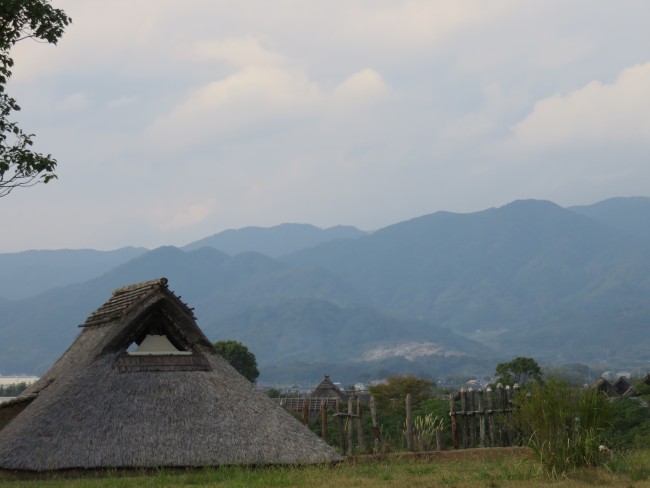
Surrounded by the beautiful scenery of Saga’s countryside, the Yoshinogori Park stretches over 73.7 hectares. Now there are reconstructions of the old houses and raised floor buildings around the park, which can be seen from far around and are considered a landmark of Saga Prefecture. Maps of the park are available in English on entry. As well as being able to walk around the park and find out about the history of the area, there are workshops you can try out. Based on artifacts found on the site, these workshops include fire making, earthen flute making and stone pendant making with a choice of two types of stone. These workshops cost between 100 to 250yen and information on times and how to apply is available from the information desk at the entrance. Also available to join is the “Become a Yayoi Villager Program”. You can dress in Yayoi period style clothing and take part in activities like fabric making and dancing. The activities are based on Yayoi period life and taking part costs 250yen for each one. Reservations have to be made two weeks in advance, see below for contact details. The staff are always friendly and helpful, and free tours are available.
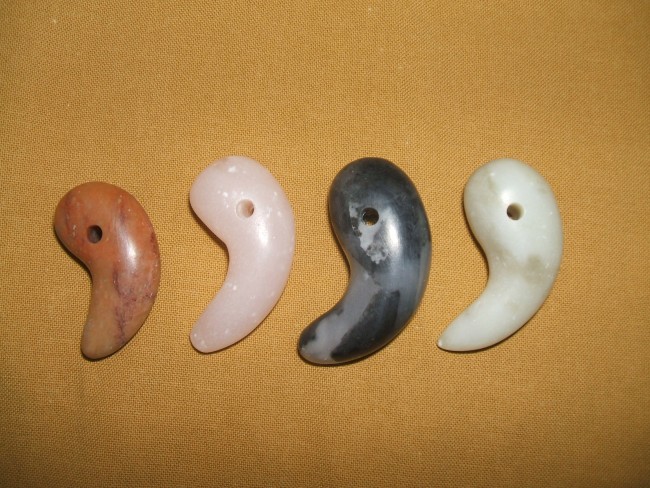
(Stone pendants – Source: Yoshinogari Historical Park Official Website)
Yoshinogari Historical Park is one of the top recommendations for visitors to Saga. It’s not only a fascinating sight that reveals an insight into Japan’s history and culture, but also a beautiful place to walk around and experience the nature and sights of Saga Prefecture.
[cft format=0]
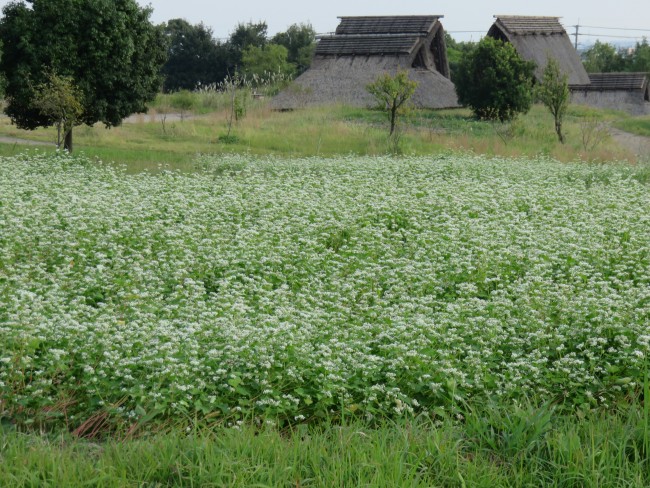
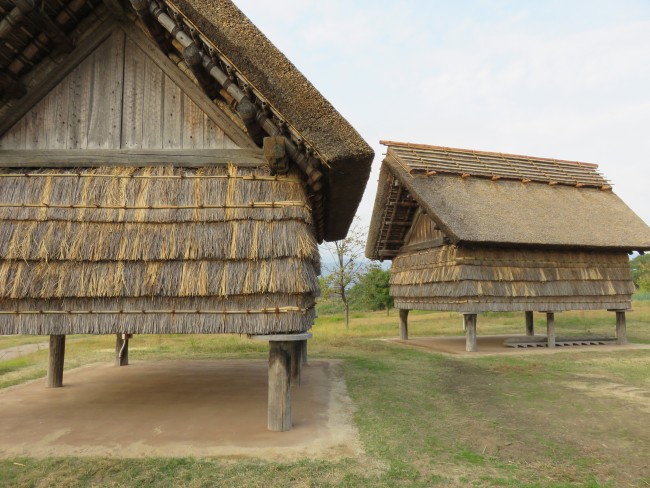
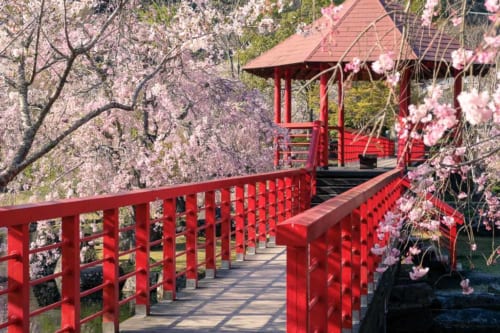
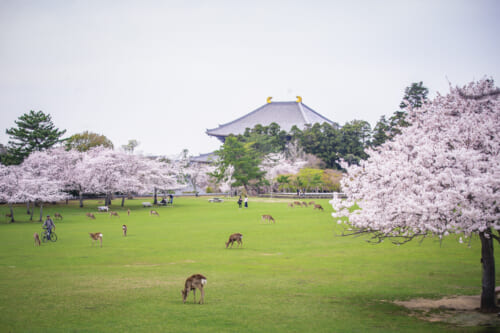

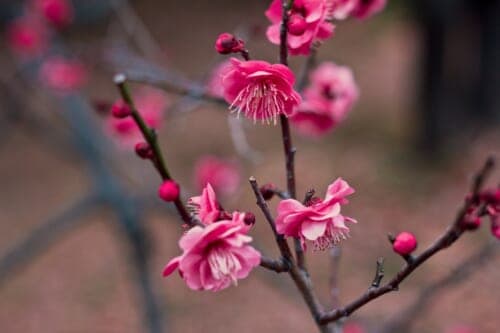
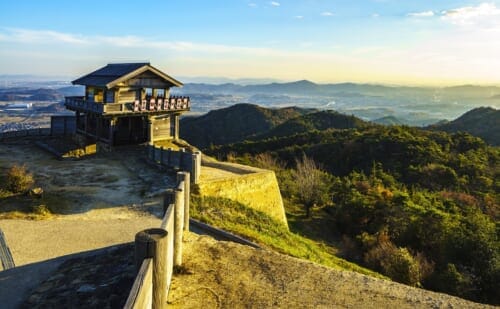
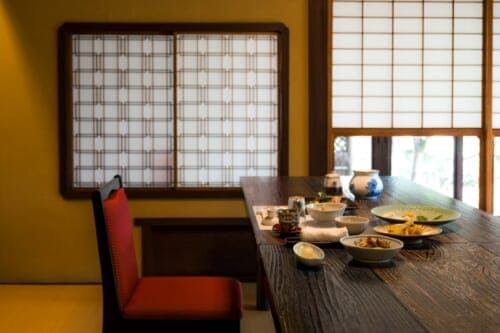
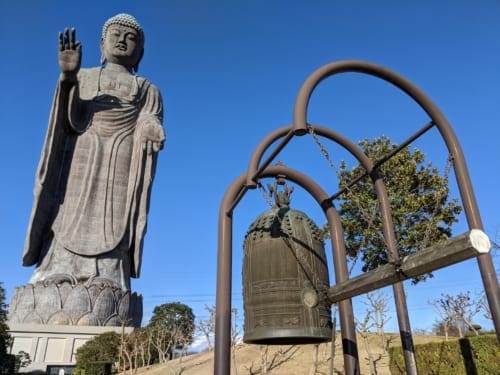
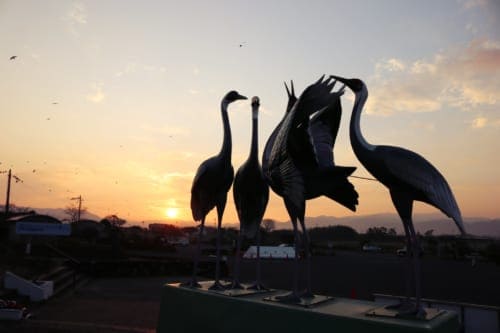
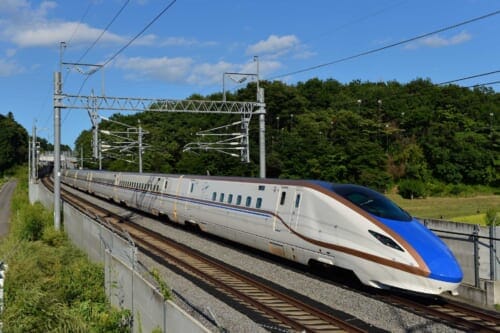
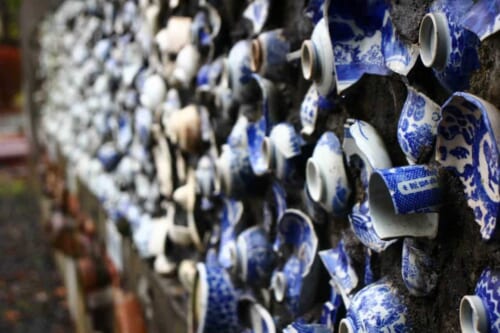
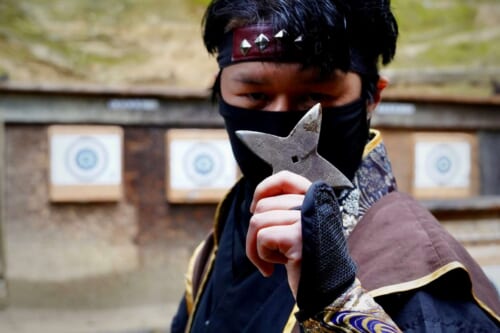


No Comments yet!